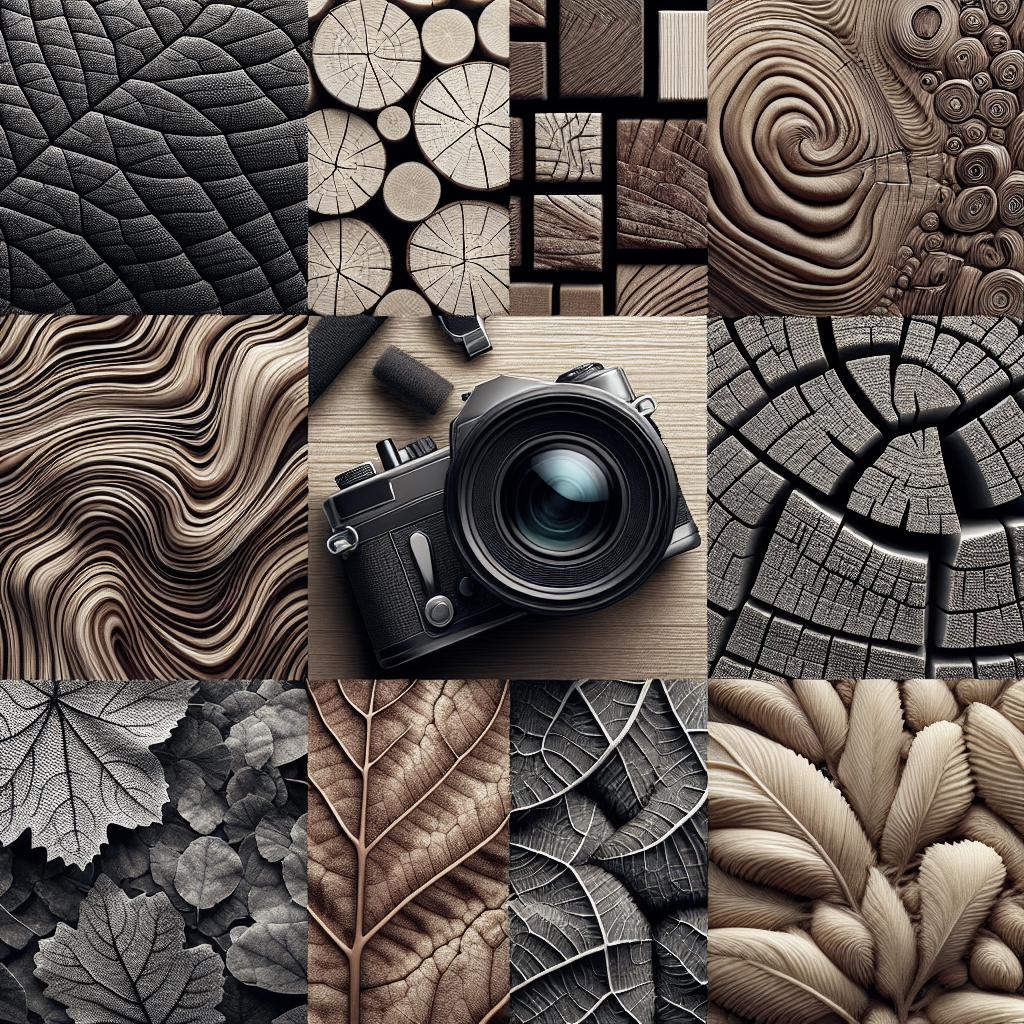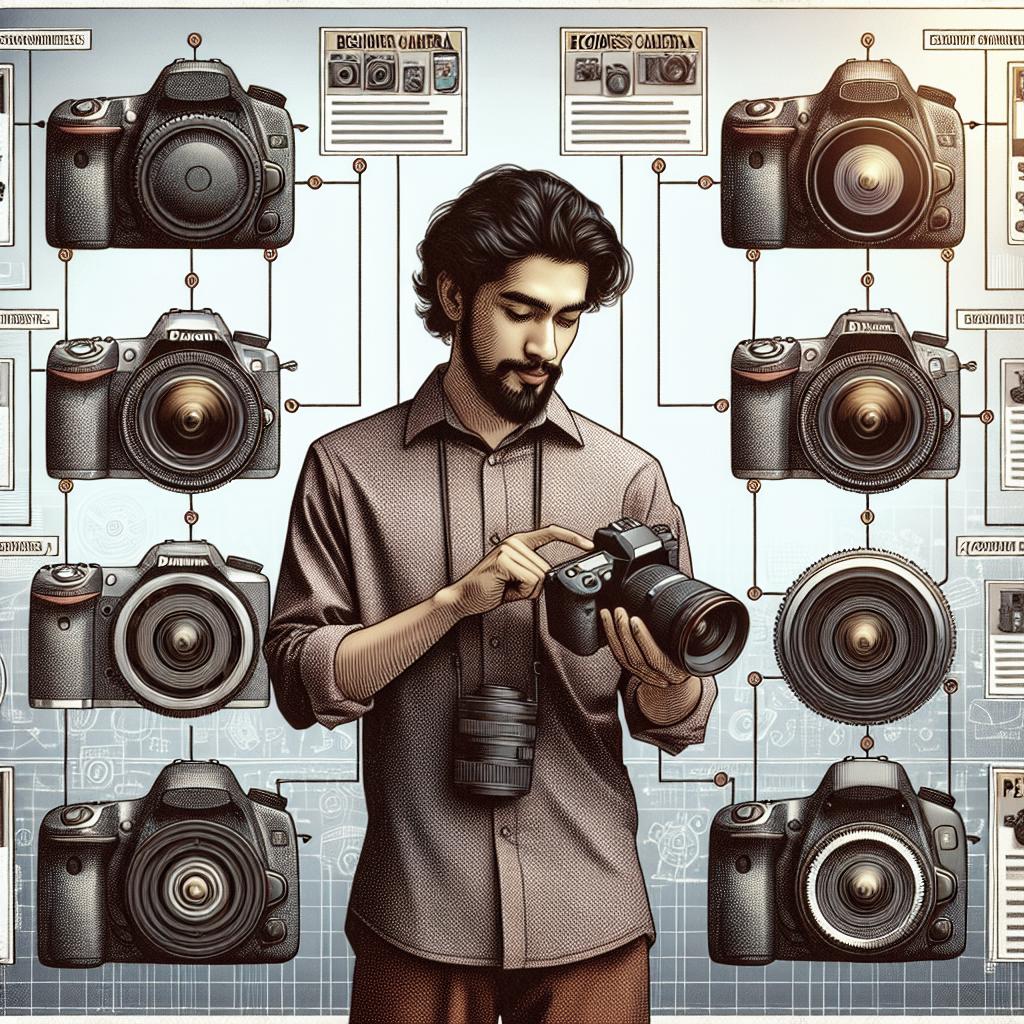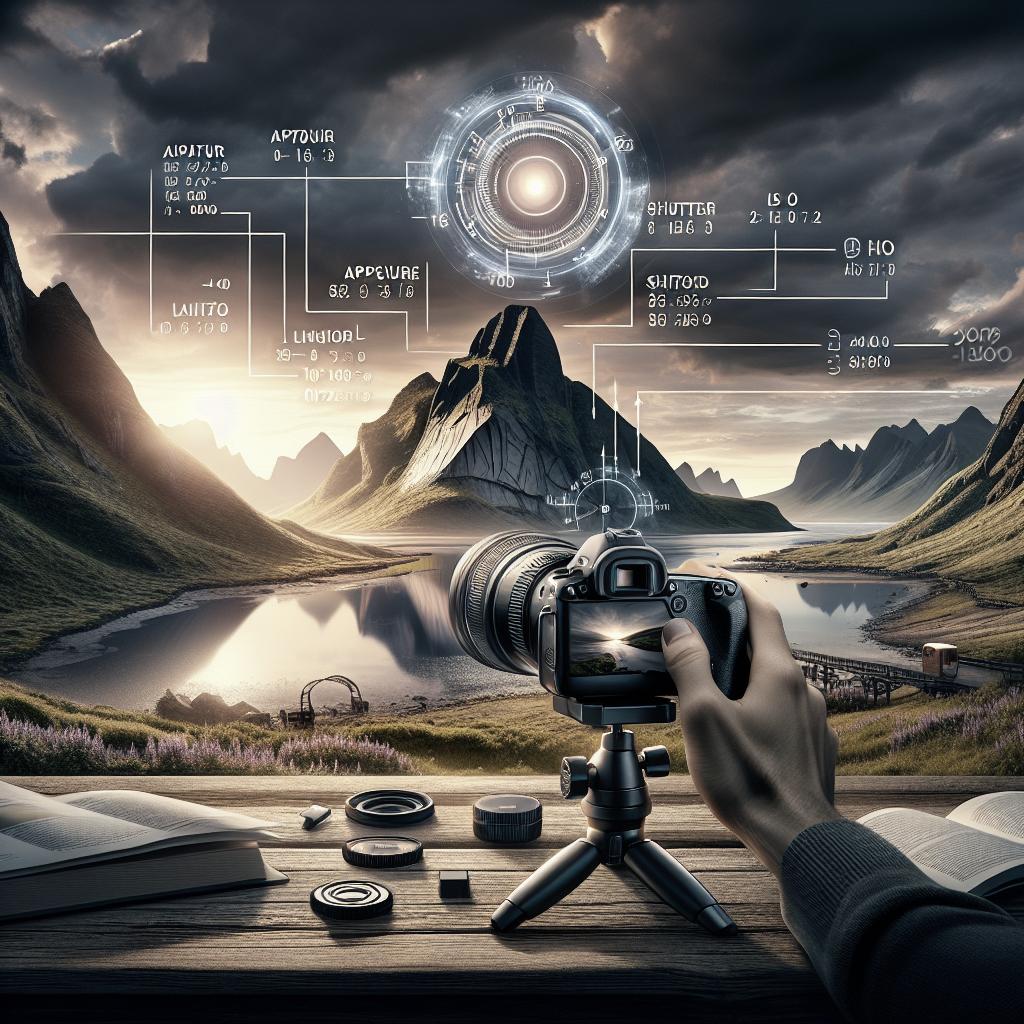“`html
The Role of Texture in Photography
Texture in photography is an often overlooked yet crucial element that can transform ordinary photos into extraordinary works of art. This article delves into the multifaceted role of texture, exploring its definition, its application in composition, and its powerful ability to serve as a subject. We’ll provide actionable tips on optimizing texture in your photography and discuss the wide array of emotional messages texture can convey. Whether you’re a seasoned photographer or just starting your journey, understanding how to leverage texture can elevate your work to new heights. Closing with a comprehensive summary, this guide offers valuable insights to enrich your photographic practice.
Photographic Definition of Texture
In photography, texture refers to the perceived surface quality of a photographed subject. It is the visual detail that communicates the tactile sense of an object, enabling the viewer to imagine what it might feel like without physically touching it. By capturing texture, photographers can add depth and dimension, breathing life into otherwise flat images.
Texture arises from the interplay of light and surface; the way light lands on a surface can reveal its texture vividly. Whether it’s the coarse toughness of tree bark, the soft smoothness of a feather, or the intricate weave of fabric, each has a distinct textural quality that can be captured through careful consideration of lighting and angle. Texture can be enhanced by using side lighting, which accentuates shadows and highlights, making the texture more pronounced.
Texture as an Element of Composition
Texture serves as a potent compositional element in photography. Just like lines, shapes, and colors, texture helps to organize and balance a photograph. When strategically integrated, texture can draw attention to specific areas of a frame, guiding the viewer’s eye through the composition. This manipulation of attention provides photographs with a dynamic energy that plain pictures might lack.
Incorporating texture into compositions can help reinforce the story a photograph is trying to tell. Consider a portrait where the textured background contrasts with the smoothness of the subject’s skin, emphasizing the youth and vitality of the subject. In landscapes, texture can be employed to highlight the various elements in nature, such as the grain of wood contrasted against the natural foliage, enhancing the photo’s narrative and aesthetic appeal.
Texture as Subject
Beyond its role as a background or complementary element, texture can itself be the main subject of a photograph. Abstract and macro photography often harness this potential, focusing on intricate surface details to create compelling images. This approach encourages viewers to appreciate the complexity and beauty in what might otherwise be considered mundane.
By zooming in on subjects like peeling paint, rusting metal, or weathered leather, photographers can create striking images that reveal the unseen. These textural photos often resonate on an emotional level, drawing viewers into a deeper contemplation of the transient nature of materials and the passage of time. This perspective turns the spotlight on textures as a primary narrative force within the frame.
How to Make the Most of Texture
Maximizing texture’s impact in photography requires both technical skill and artistic vision. Choosing the right lighting is paramount. Sidelight and backlight are particularly effective at highlighting texture because they create shadows that emphasize surface details. Shadows, being integral to texture, need to be carefully managed to truly capture and convey the tactile essence.
Another technique to enhance texture is through selective focus or macro lenses, which allow certain textures to be highlighted while blurring less critical elements. This shallow depth of field technique draws the viewer’s attention precisely where the photographer intends. Additionally, post-processing tools can further enhance or soften texture, granting photographers control over how texture is perceived in their images.
Emotional Messages
The emotional impact of texture in photography is profound. Textures can evoke emotions ranging from comfort to disquiet. The soft texture of a blanket can elicit warmth and coziness, while the rough texture of a dilapidated building might evoke feelings of neglect or decay. Texture has the ability to transcend visual interest and tap directly into the viewer’s emotional response.
By thoughtfully selecting textures that align with the intended message, photographers can generate a more intense and focused emotional reaction. A photo with smooth, untouched surfaces might convey purity or simplicity, whereas highly detailed textures can introduce complexity and richness, suggesting stories untold and human experiences intertwined. Thus, understanding how to leverage texture is crucial in crafting photos that resonate emotionally.
Summary of Main Points
| Key Concept | Description |
|---|---|
| Photographic Definition of Texture | Texture gives depth and dimension, enhancing the perceived tactile quality of subjects through light and angle. |
| Texture as an Element of Composition | Serves as a guiding compositional element, balancing photographs and emphasizing narrative elements. |
| Texture as Subject | Can be the main subject, revealing beauty in detail and abstract qualities of everyday objects. |
| How to Make the Most of Texture | Involves strategic lighting and focus techniques to enhance or soften texture for desired effect. |
| Emotional Messages | Textures can convey a wide range of emotions, impacting the viewer’s interpretation and connection with the image. |
Related Articles
- Understanding Light in Photography
- The Art of Composition: Beyond the Basics
- Using Colors to Convey Emotion in Photography
“`


